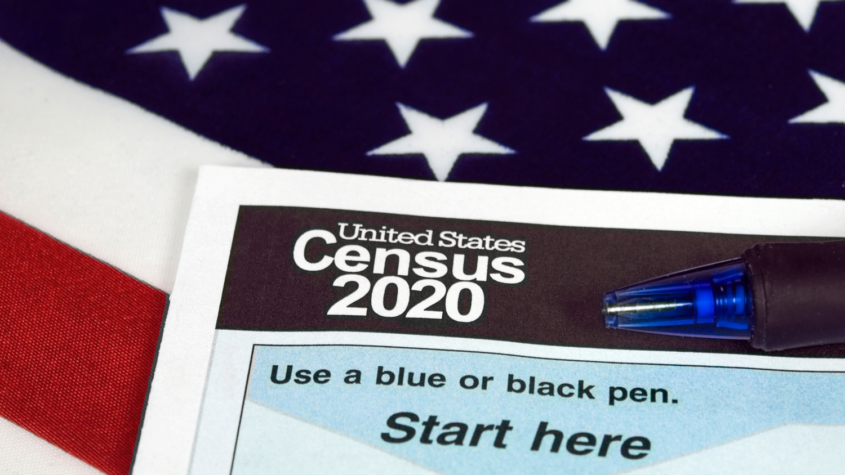
Racial, Class Disparities Found Amid Persistent Shortfall in 2020 Census Response A looming undercount puts the prospect of a complete and unbiased enumeration in doubt, according to a new report
By Les Dunseith
The national response rate to the U.S. Census continues to be well behind where it was at a similar point a decade ago, and the gap in self-responses is most evident in poor and minority communities, according to a new UCLA analysis of census data.
As of June 1, the nation’s 2020 census was approximately 6 percentage points behind the rate of response in 2010, according to co-author Paul Ong, a UCLA Luskin research professor and director of the UCLA Center for Neighborhood Knowledge. Although this rate is better than the shortfall of over 12 percentage points found in an earlier study, Ong said it is unlikely that the overall gap can be closed completely.
“More troubling is that poor and minority communities are systematically and disproportionately affected by the problems with the self-response rates,” Ong wrote in the new report. “These neighborhoods experienced lower response rates in 2010 than more advantaged neighborhoods, and the gap widened in 2020.”
The difference is most apparent in Black and Latino neighborhoods, which have historically had lower rates of response than white neighborhoods. The 2020 response in Latino neighborhoods is down 15.2% points, according to the report.
The findings also show that the poorer the community, the lower the census response rate, and that divide has widened over the past decade. For the poorest neighborhoods, the self-response rates dropped from 56.3% in 2010 to 45.3% by 2020. Other adversely affected groups include families with young children, limited English speakers and non-citizens.
The researchers project that the undercount they see in the 2020 Census has put the prospect of a complete and unbiased enumeration in doubt. In turn, this threatens and undermines the goal of having fair political representation and just resource allocation.
The fact that reporting gaps coincide with neighborhoods most impacted by the COVID-19 pandemic further complicates the situation, especially during the phase of the census that involves in-person counts by census takers.
“This association makes in-person interactions and follow-up interviews riskier and more costly than originally planned,” the report notes.
Rather than addressing the overall shortfall in the most cost-effective manner by targeting neighborhoods that are easiest to count, the authors advocate devoting the bureau’s limited resources instead to neighborhoods that are harder to reach.
“If we believe in a fair count, it is more important to address racial and class disparities,” the authors write. “Under these circumstances, priorities must be realigned so that scarce resources are laser-focused on safe, and proven, evidence-based actions with hard-to-count populations.”
One approach would involve partnering with community and faith-based organizations that could help persuade more of the “hard to count” to participate, the report says.
The analysis is based primarily on examining the 2010 and 2020 response rates for census tracts, which is a proxy for neighborhoods. Paul Ong also is a founder of Ong & Associates, an economic and policy analysis consulting firm specializing in public interest issues, which provided services pro bono for the study. It was co-authored by Jonathan Ong.
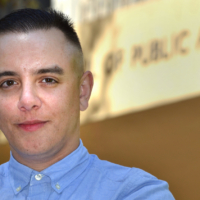
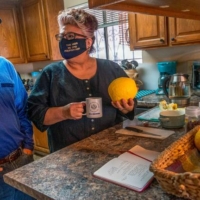
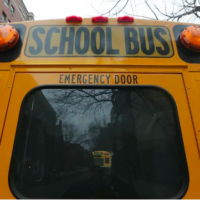


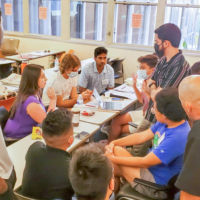


Leave a Reply
Want to join the discussion?Feel free to contribute!